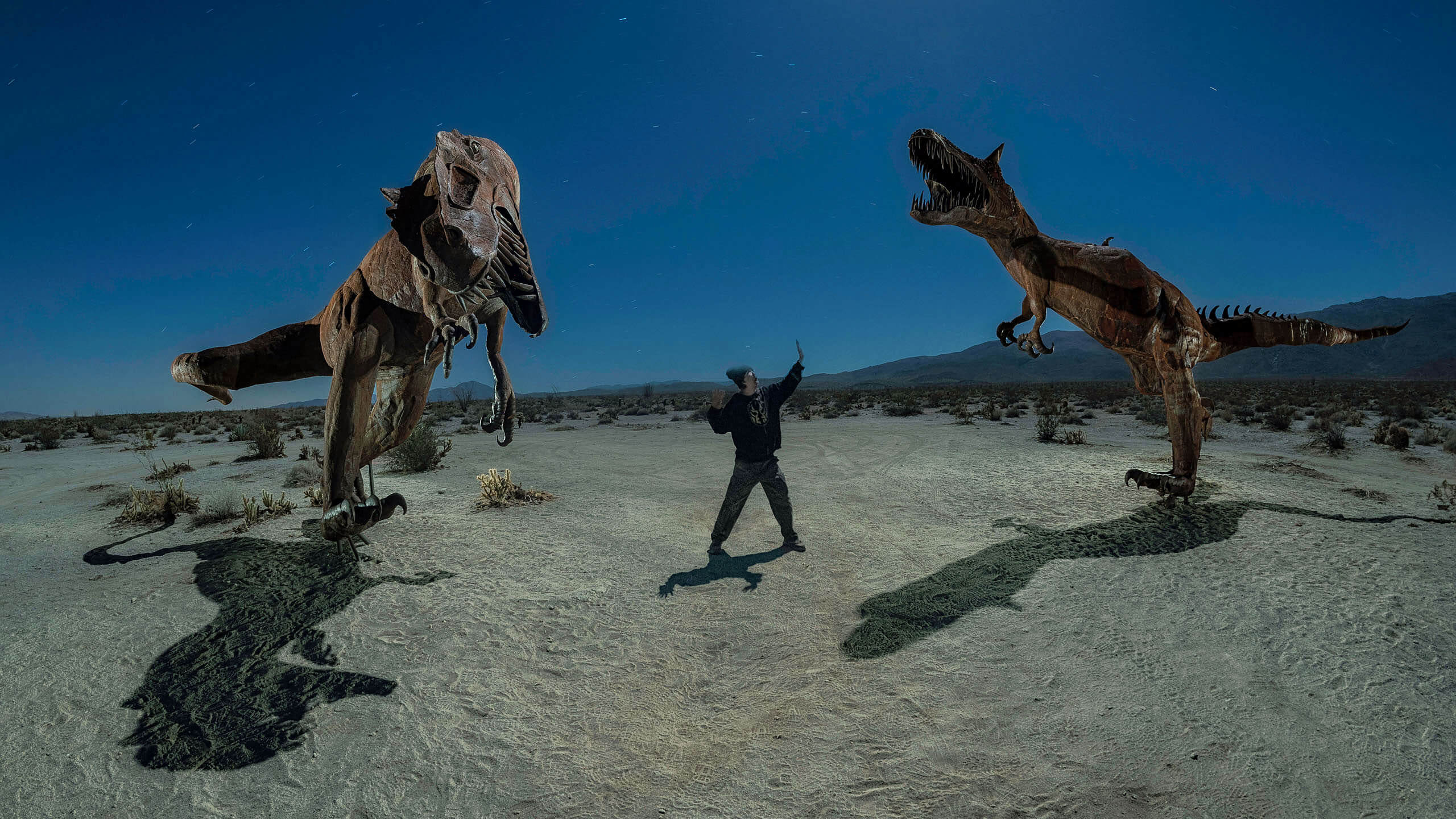Adobe Lightroom Classic unveiled the new Denoise powered by AI. Topaz Labs has released Denoise AI a while back. Join me for this epic smackdown.
Comparing Topaz Labs Denoise AI and Lightroom Classic Denoise
I denoised a high-ISO Milky Way photo several times, using Lightroom as a platform. First, I reduced the noise twice using Topaz Labs Denoise AI v3.7.2, my go-to denoising software. Then, I compared these two attempts to one instance of the new AI-powered denoising in Lightroom Classic CC, just released in v12.3.
With both Topaz Labs and Lightroom, I was editing the RAW files. Topaz Labs saves the edited photo as a TIFF file. Lightroom Classic saves the edited photo as a DNG file.

Topaz Labs Denoise AI Low Light (moderate setting) vs. Lightroom Classic Denoise
Above: Topaz Labs Denoise AI offers four windows with four different denoising models. Additionally, each of them is adjustable by several parameters.


Comparison: (Left) Topaz Labs Denoise AI at moderate setting of 34 using Low Light Model vs. (Right) Lightroom Classic Denoise (AI-powered) at moderate setting of 30.
Observations in first comparison
I zoomed in at 300%. This was for hardcore pixel-peeping since no one looks at photos at 300% zoom. I noticed that Lightroom Classic’s version is a little brighter. I also noticed that the noise in the dark areas as well as the sky is less at moderate settings. This included the color noise prevalent in the sky.
However, Topaz Labs had retained more of the detail in the stars and leaves of the trees.
For a previous article, I had determined that I liked Lightroom’s Denoise at about 30. After that, it began to look “fake” and “plasticlike.”
Curious to know what Topaz would look like with much higher noise reduction, I set it for 93 — almost the max that it goes.


Topaz Labs Denoise AI Low Light (high setting) vs. Lightroom Classic Denoise
Comparison: (Left) Topaz Labs Denoise AI at high setting of 93 using Low Light Model vs. (Right) Lightroom Classic Denoise (AI-powered) at moderate setting of 30.
Observations in second comparison
Again, zooming in at 300%, I pixel-peeped. As before, the Lightroom version was a little brighter. However, since I used a much higher noise reduction with Topaz Labs, I noticed that the denoising capabilities were closer. However, Lightroom Classic once again had less noise. This included the color noise in the sky.
However, not so fast. I also noticed that Topaz still managed to retain more of the details in the leaves and the trees.
Topaz Labs (moderate setting) vs. Topaz Labs (high setting)
Just for curiosity’s sake, I set up this comparison as well. These are the two Topaz Labs denoising efforts described above, but in direct comparison to each other instead of Lightroom.


Comparison: (Left) Topaz Labs Denoise AI at a moderate setting of 34 using Low Light Model vs. (Right) Topaz Labs Denoise AI at a high setting of 93 using Low Light Model.
Comparison of photos without software image comparison
Just in case you prefer this way or it works better on your device, I’ve placed the three screenshots with denoising applied so you can have a look this way as well. You can also click on these photos to enlarge them, which might make it easier for you to look on our desktop or device.
And the winner is …
In our titanic battle for denoising supremacy, who prevails?
Topaz Labs Denoise AI v3.7.2
- Offers more models and choices for denoising
- Works slightly faster (not really that big of a difference)
- Gives you greater control of detail and retains it better
- Can be used as stand-alone software
- Does batch-processing when used as stand-alone
Lightroom Classic CC AI-powered Denoise v12.3
- Much simpler to use … just one slider!
- Reduced more noise and color noise while not marring detail
- Built in to Lightroom Classic (a bonus only if you already use Lightroom, of course)
If you absolutely must require detail, Topaz Labs appears to be the winner. Or is it?
Here, I need to point out that Lightroom has some fantastic features in the Basic Panel that address detail. This includes Texture, Clarity, Dehaze, and elsewhere, Sharpening. In other words, Lightroom is more than capable of sharpening or creating micro-contrast if needed after denoising.
So who is the winner here?
We are. We all win. It’s beautiful to have tools that just a short while ago would have been unthinkable.
This is but one example. My guess is that as time goes on, we will discover that one is better for certain images or situations, and the other is better at others. And between it all, both will continue releasing new versions that grow increasingly better.
Source link







Leave a Reply